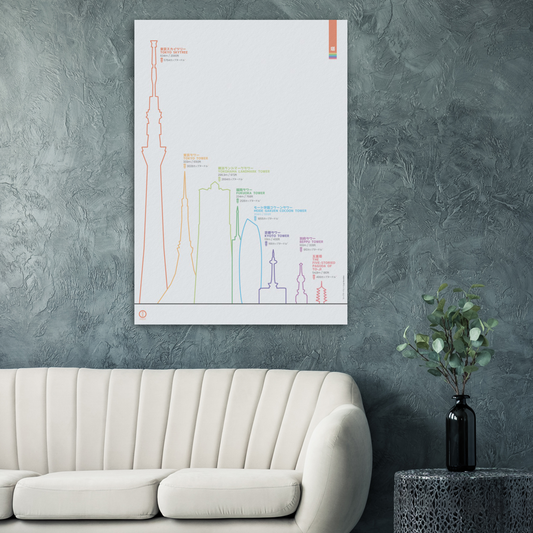How to Use ようです (Youdesu) | ようです vs. みたい
Share
In Japanese, 「ようです」 is an important expression used to describe appearances, impressions, or to make assumptions based on observation. It’s a polite and neutral way to say "it seems like..." or "it looks like..." without stating something as a confirmed fact.
How to Use ようです
You attach 「ようです」 to verbs, adjectives, and nouns, depending on what you want to describe:
-
Verb (plain form) + ようです
Example: 彼(かれ)は出(で)かけたようです。("It seems he went out.") -
Noun + のようです
Example: これは夢(ゆめ)のようです。("This feels like a dream.") -
い-adjective + ようです
Example: 外(そと)は寒(さむ)いようです。("It seems cold outside.") -
な-adjective + なようです
Example: 彼女(かのじょ)は元気(げんき)なようです。("She seems energetic.")
The meaning always keeps some distance — it’s not stating something 100% certain, but rather how things appear to the speaker.
Comparison: ようです vs. みたい
Both ようです and みたい express similarity or impression. But there are differences:
| ようです | みたい |
|---|---|
| Polite and used in formal situations | Casual, often used in conversation |
| Feels more objective and careful | Feels subjective and direct |
| Often used in writing or polite speech | Common in everyday conversation |
Examples:
- Formal: 彼(かれ)は忙(いそが)しいようです。("He seems busy.")
- Casual: 彼(かれ)は忙(いそが)しいみたい。("He seems busy.")
Quick Tip
Use ようです in formal contexts like essays, emails, or speaking with superiors.
Use みたい when talking casually with friends.










